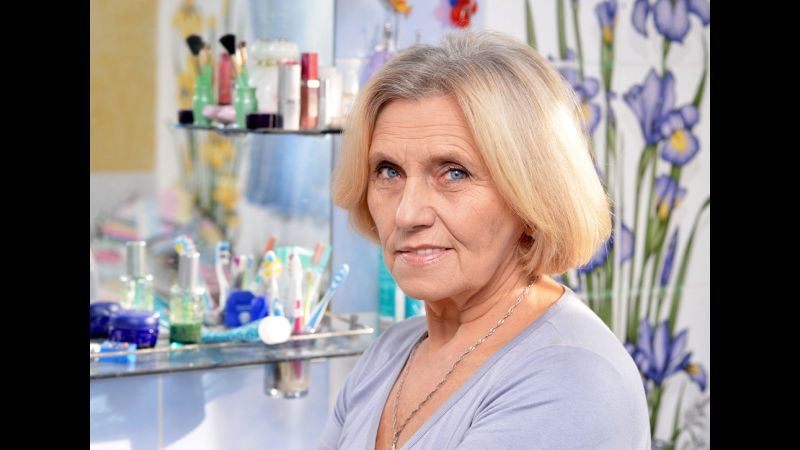It’s a reality that 70% of Americans over the age of 65 will need help with their activities of daily living (i.e. bathing, grooming, toileting, dressing). Declining health can present physical limitations that make everyday movements risky for senior citizens. Changes in eyesight, lack of balance, decreased muscle control, and even some medications, can make walking from one room to another a worrisome challenge. Fear of falling can cause seniors to move around less and attend to their self-care less frequently. This fear can also cause a sense of helplessness, an increase in depression, and further health complications.
The bathroom presents even greater risks than the rest of the home due to the slippery environment and the need to navigate different surfaces. Stepping over thresholds into bathtubs or showers, sitting or standing from the toilet, and bath mats or other items on the floor can prove to be difficult or dangerous. Individuals are often tempted to utilize unstable items such as towel bars and toilet paper holders to assist with transfers from the toilet or into the tub and/or shower.
There are, however, some more stable modifications you can make to your home that would aid in your bathroom safety. Some of the durable medical and adaptive equipment that exists is included but not limited to shower chairs, tub benches, grab bars, and handheld showers for bathing. For toileting there are bedside commodes, 3-in-1 commodes, raised toilet seats, grab bar installation, and toilet paper aids, which assist with safety during toileting needs. A simple environmental modification is to sit rather than stand at the bathroom sink—this not only conserves energy but it is also helpful for those with any type of balance disturbance.
For dressing, there are devices to assist such as sock-aids, reachers, long-handled shoe horns and dressing sticks to reduce falls from standing and to increase safety with dressing.
By The Numbers: The Risk of Falling – For Seniors
A study conducted by the Center for Disease Control (CDC) found:
- One out of every three adults, 65 and older, will experience at least one fall per year.
- For older adults, falls are the leading cause of injury and death – with 46% suffering traumatic brain injuries.
- Falls commonly cause fractures of the spine, hip, forearm, leg, ankle, pelvis, upper arm, and hand.
- More than 95% of hip fractures are caused by falls.
- 20%-30% of all falls lead to moderate injuries – like fractures, lacerations, or head trauma – often leaving the senior unable to care for him or herself.
- In 2010, 2.3 million seniors visited the emergency room because of a non-fatal fall. 662,000 of these seniors were admitted to the hospital to treat their injuries.
- The medical cost of falls, in 2010, was $30 billion!
Marisa Hart, MS, OTR/L, an Occupational Therapist at the Hospital at The University of Pennsylvania, works with adult and older adult patients everyday. She provided her expertise to contribute to this article.

